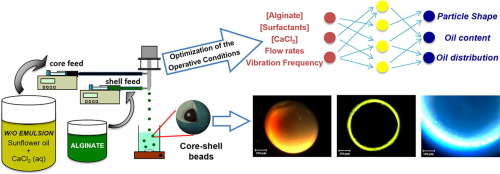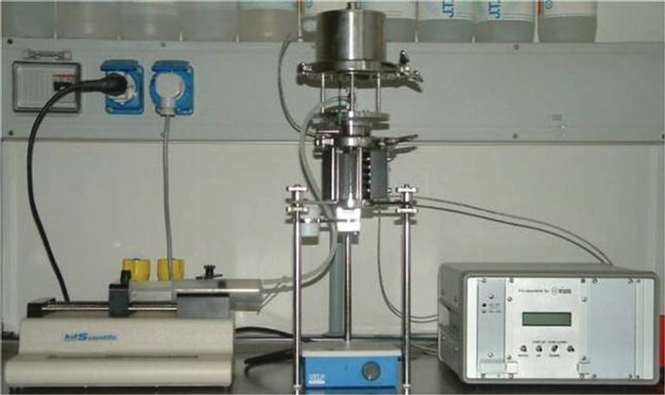- Home
- Blog
- News
- Basics
- Sources
- Agencies, Regulatory & Organisations
- CERSI Excipients Browser
- Excipient Report
- Excipient DMF List
- EXCiPACT Certified Companies
- Excipient Documentation
- Excipient EINECS Numbers
- Excipient E-Numbers
- FDA Inactive Ingredient List
- FDA GRAS Substances (SCOGS) Database
- IPEC Americas
- USP - U.S. Pharmacopeia
- Definitions
- Whitepapers / Publications
- Supplier
- Services
- Media
- Events
- 1st pharmaexcipients Poster Award
- Event Calendar
- Events featured by pharma-excipients
- 4th Annual Formulation & Drug Delivery Congress
- DDF Summit
- ExcipientFest Americas
- ExcipientFest Asia
- Global CompliancePanel
- International Conference and Exhibition on Pharmaceutics & Novel Drug Delivery Systems
- Formulation & Drug Delivery USA Congress
- Laboratory Medicine 2018
- Making Pharmaceuticals Europe
- Making Pharmaceuticals Exhibition
- Pharma Integrates
- PharmaExcipients China @CPhI China
- TTC Technology Training Center
- Jobs
- Online Sourcing
- Contact
22. January 2018
Numerous studies have been focused on hydrophobic compounds encapsulation as oils. In fact, oils can provide numerous health benefits as synergic ingredient combined with other hydrophobic active ingredients. However, stable microparticles for pharmaceutical purposes are difficult to achieve when commonly techniques are used. In this work, sunflower oil was encapsulated in calcium-alginate capsules by prilling technique in co-axial configuration.
04. September 2017
Abstract Recently, different technologies have been used to transform active pharmaceutical ingredients (APIs) into new dosage forms. Engineered drug delivery systems may modify biopharmaceutical properties of the API achieving either immediate or delayed release according to specific therapeutic needs. Particularly, preprogrammed release of oral formulations delivering the drug at expected times may be useful in chronotherapy of early morning pathologies. The conventional approach when dealing...
04. June 2016
Context Ketoprofen lysinate (KL) is one of the most widely used non-steroidal anti-inflammatory drugs in the symptomatic treatment of some chronic inflammatory diseases. Compared to ketoprofen, KL shows better pharmacokinetics and tolerability. However, due to its short half-life of 1-2 h, a multiple dose regimen is required for oral administration. Thus, the present work deals with its encapsulation in a hydrogel-based system by prilling in order to prolong its activity. Objective In this...
18. March 2016
The aim of this study was to develop, evaluate and compare extended release mini-matrices based on metoprolol tartrate (MPT) and either glyceryl behenate (GB) or glyceryl palmitostearate (GPS). Mini-matrices were produced by three different techniques: hot melt extrusion, compression of melt granulates and prilling. Hot-melt extrusion and compression of granules obtained from melted material proved to be reliable, robust and reproducible techniques with aim of obtaining extended release...
10. February 2016
Newly discovered active macromolecules are highly promising for therapy, but poor bioavailability hinders their oral use. Microencapsulation approaches, such as protein prilling into microspheres, may enable protection from gastrointestinal (GI) enzymatic degradation. This would increase bioavailability mainly for local delivery to GI lumen or mucosa. This work’s purpose was to design a novel architecture, namely a Nanotubes-in-Microgel Oral System, by prilling for protein delivery....
02. February 2016
The aim of this study is the development and characterization of multiparticulate dosage forms which release MPT, a β-blocker, at a controlled rate. In order to achieve this goal, a solid dispersion is made by embedding MPT in a fatty acid matrix (behenic acid and myristic acid) via extrusion and prilling. The release out of the matrix is diffusion-based. Since controlled release dosage forms allow a lower dosing frequency and exhibit less side effects compared to immediate release dosage...
12. November 2015
This article proposes solid-like systems from sunflower oil structured with a fibrillar network built by the assembly of 12-hydroxystearic acid (12-HSA), a gelator molecule for an oil phase. The resulting organogels were studied as oral controlled release formulations for a lipophilic drug, Efavirenz (EFV), dissolved in the oil. More
06. October 2015
The aim of the present study was to evaluate the solid state characteristics, drug release and stability of fatty acid-based formulations after processing via prilling and solid lipid extrusion. Myristic acid (MA), stearic acid (SA) and behenic acid (BA) were used as matrix formers combined with metoprolol tartrate (MPT) as model drug. More
27. September 2015
Prilling represents an innovative technology for continuous particle processing and has been intensively used for the production of urea pellets. The process converts a molten liquid into droplets followed by cooling of the droplets in a prilling tower, generating solid spherical particles with uniform size distribution. More



